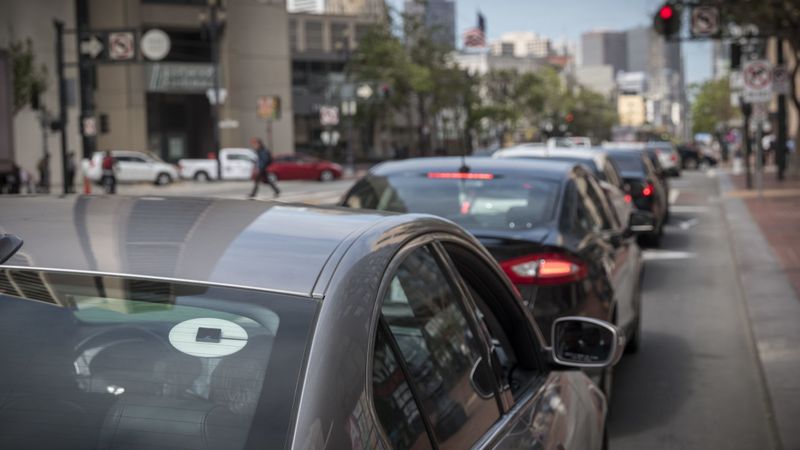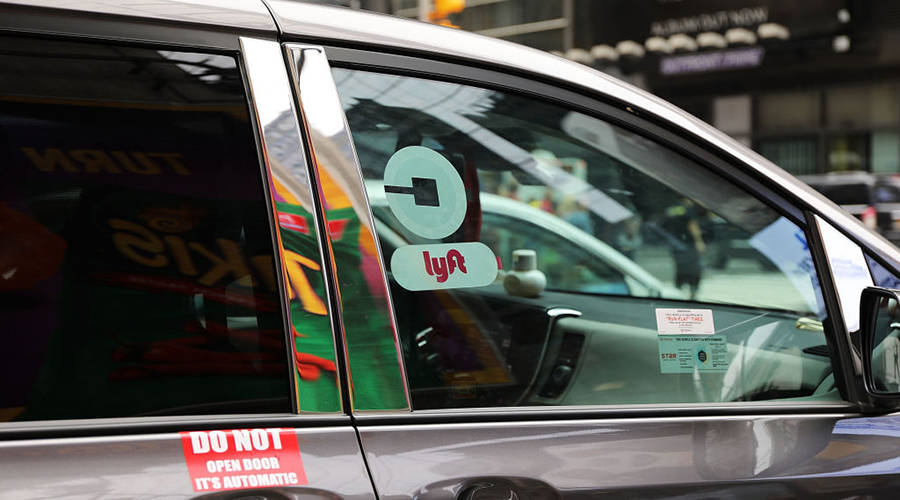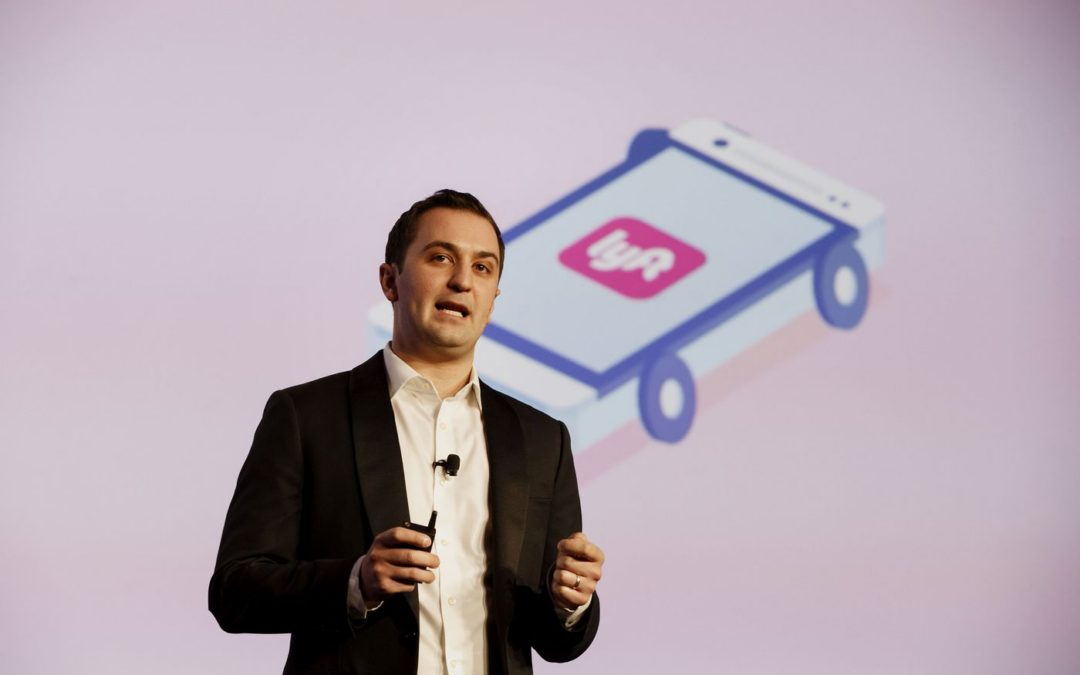
by Innovative Mobility Research | Jun 4, 2019 |
ITS Berkeley June 4, 2019 Congratulations to Transportation Sustainability Research Center Co-Director and Civil and Environmental Engineering professor Susan Shaheen, Professor Emeritus of City and Regional Planning Robert Cervero, and former graduate students Lisa Rayle (Data Science at Facebook), Danielle Dai (City of Oakland Mobility Programs Manager), and Nelson Chan (Interaction Designer at Internet Brands/WebMD) on earning the Transport Policy Prize from the World Conference on Transportation Research (WCTR). The Transport Policy Prize for the most influential Paper is in recognition of the most influential paper published in the Transport Policy Journal during the last three years preceding the conference, and is only awarded every three years. It is chosen by a Sub-Committee of WCTRS comprised of all the editors of Transport Policy and the Chair of the WCTRS Prize Committee. The Editor in Chief serves as chairperson for the Sub-Committee. The journal article from article in Transport Policy (published in 2016), “Just a Better Taxi? A Survey-Based Comparison of Taxis, Transit, and Ridesourcing Services in San Francisco” presents…. Read the full article here: TSRC Study Earns Transport Policy...

by Innovative Mobility Research | May 8, 2019 |
Julia Rosen May 8, 2019 Ride-hailing services like Uber and Lyft are so popular in San Francisco that they have become the single biggest factor behind the city’s increasingly snarled traffic, according to a new report. Researchers analyzed millions of trips and concluded that the services accounted for more than half of the 62% increase in weekday traffic delays between 2010 and 2016. They also found that many of the cars offering rides via Uber and Lyft did not reduce or replace private vehicles, as originally envisioned. Instead, they often increased the total number of cars on the road. So much for the claim that ride-hailing would improve traffic — at least in San Francisco. “It does not live up that promise,” said Greg Erhardt, a civil engineer at the University of Kentucky and lead author of the report published Wednesday in Science Advances. Uber and Lyft both disputed the findings, saying…. Read the full article here:...

by Innovative Mobility Research | Mar 11, 2019 |
Cory Weinberg, Amir Efrati March 7, 2019 As an environmentally minded college student in California, Logan Green led a campaign to raise campus parking rates to discourage driving. Some 15 years later, as CEO of Lyft, Mr. Green has continued to promote the idea of reducing automobile ownership. “It’s time to redesign our cities around people, not cars,” he and Lyft co-founder John Zimmer wrote in a letter to investors unveiling the company’s IPO plans. Yet as the company prepares to go public, Lyft’s attempt to nurture its image as a force for positive social change hasn’t always been in sync with its impact on the ground. A growing body of evidence suggests ride hailing has added to traffic congestion and reduced public transit use in some places. While Mr. Green still preaches about how Lyft can help tackle environmental problems and make cities more livable, in practice he often has set aside Lyft’s lofty goals in order to grow the company’s core business. To some investors and admirers, that strategy is a reflection of a pragmatism that has emerged over the course of his tenure at Lyft. In the coming weeks, the tension between Mr. Green’s business goals and social aims will be on display as the chief executive presents his vision for Lyft. As the letter to investors suggests, Mr. Green believes his company’s success hinges in part on persuading customers that Lyft hasn’t strayed too far from its origins as a carpool service. Yet Lyft also needs to show prospective investors that the company, which lost $911 million in 2018, can stem the red ink… Read...

by Innovative Mobility Research | Oct 22, 2018 |
Emma Jacobs Oct 18, 2018 Uber and Lyft already compete in ride-hailing, ride-sharing, bike-sharing and e-scooters. Next year, they’ll be competing for investors, too: Both companies are reportedly planning initial public offerings for early 2019. For years, the companies have subsidized rides to keep costs low for customers. That fueled their growth, which in turn pumped up their expected valuations: as much as $120 billion for Uber and $20 billion or more for Lyft. But thanks to those subsidies, neither company is profitable. “Frankly, it will probably be a fairly long road before they are,” said Jeff Schuster, president of Americas operation and global vehicle forecasting at LMC Automotive. So the hype around these IPOs “has to be about prospects for a very different model for the future.” In that model, fewer people would own their own cars and would instead rely on a range of on-demand transportation options, especially self-driving vehicles… Read the full article...

by Innovative Mobility Research | Sep 26, 2018 |
An incentive program points to the company’s ambitions beyond ride-hailing By Joshua Brustein Sep. 26, 2018 Two years ago John Zimmer, Lyft Inc.’s co-founder and president, predicted that car ownership would be non-existent in major American cities by 2025. With seven years left to turn the country’s transportation landscape upside down, Lyft is now offering to pay people in about three-dozen cities to park their cars for a month, with the compensation coming in the form of $500 to $600 in credits for its ride-hailing service. There are also credits for bike- and car-sharing services, and public transit. The move is a marketing gambit. Lyft will choose about 2,000 people to participate and hope that they will be honest about not using their personal car. This program will run for only one month, but it points to a real shift within the ride-hailing industry. Both Lyft and Uber Technologies Inc. have spent the year adding new types of transportation to their platforms. They each bought a bike-sharing company – Uber’s choice was Jump; Lyft bought Motivate – and are developing their own scooter-sharing services. Lyft also redesigned its app to highlight its carpool service, as well as public transportation… Read the full article here: https://www.bloomberg.com/news/articles/2018-09-26/lyft-is-paying-people-to-stop-driving-for-a-month...






